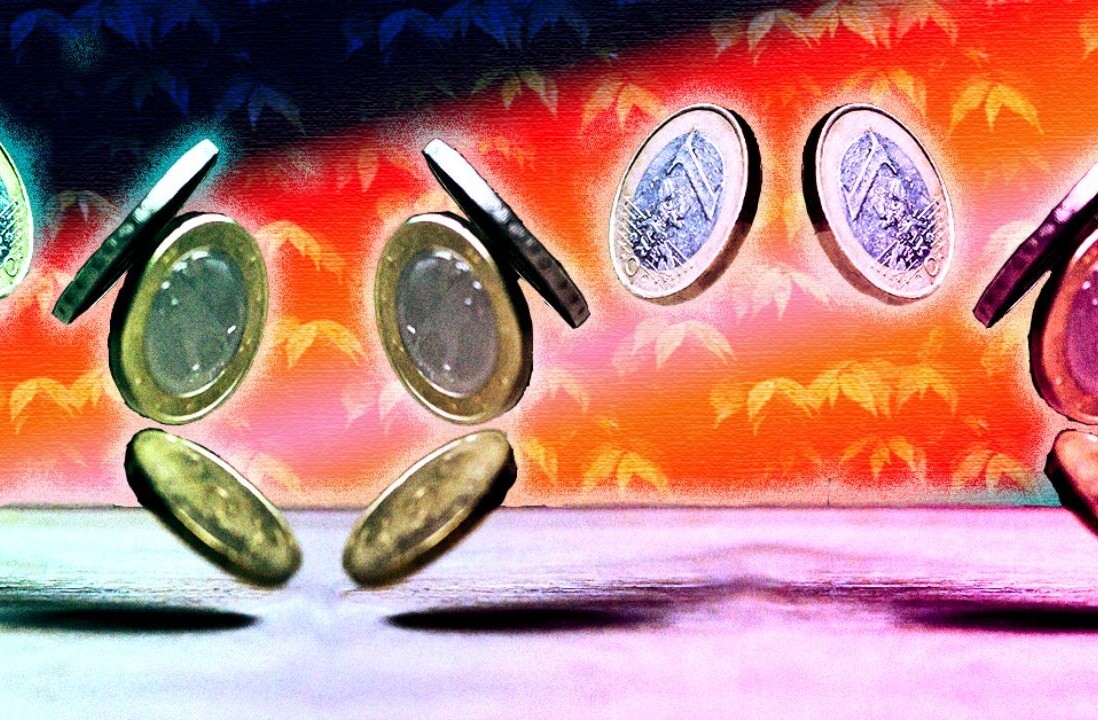
In an increasingly crowded startup world, stunning visual design is often just as important as a killer user experience. In many cases, especially for Web startups, the two go hand in hand. But a startup founder is not necessarily a graphic designer, and entrepreneurs don’t always speak the same language as their design teams (or vice versa).
How do you go about bridging that gap, especially when you’re under pressure to bring an appealing new product to market quickly? I asked a panel of nine successful young entrepreneurs the following question:
What’s your best tip for honing what seems to be an increasingly important startup “skill” — your design chops?
Here are some of their best recommendations for the design-impaired among us:
1. Figure out your approach

If you’re a design person, you probably already know it. To hone your skills, start reading design blogs and visiting sites that showcase good design, such as D-lists. If you’re not a design person, however, you may need to approach this more like a science project. Try learning the basic principles of design (balance, scale, etc.), and apply them to your projects in a rigorous way.
– Amanda Aitken, The Girl’s Guide to Web Design
2. Sketch
 Sketching has been a great addition to my daily routine. I love to mock out an interface, show it to a few customers and see if they “get” it. It’s an easy way to make sure you’re stretching your design muscles.
Sketching has been a great addition to my daily routine. I love to mock out an interface, show it to a few customers and see if they “get” it. It’s an easy way to make sure you’re stretching your design muscles.
– Wade Foster, Zapier
3. Read “Design for Hackers”
 “Design for Hackers” by David Kadavy is a great primer on design, and it’s written for more left-brain thinkers, like programmers. Kadavy goes over the basics of design, and he also helps you develop your own eye for what works and what doesn’t. It’s not a book you’ll finish in one sitting, but it will make you a better designer.
“Design for Hackers” by David Kadavy is a great primer on design, and it’s written for more left-brain thinkers, like programmers. Kadavy goes over the basics of design, and he also helps you develop your own eye for what works and what doesn’t. It’s not a book you’ll finish in one sitting, but it will make you a better designer.
– Nathalie Lussier, The Website Checkup Tool
4. Don’t hone it — delegate it
 I’m not a designer. I can ramble on to designers for hours about what I want but there is no way I can reproduce it from a technical standpoint or from a theoretical standpoint. That’s why you need to either hire an experienced designer or you need to pay through the nose for a great one that can not only design your project, but take care of the user experience as well.
I’m not a designer. I can ramble on to designers for hours about what I want but there is no way I can reproduce it from a technical standpoint or from a theoretical standpoint. That’s why you need to either hire an experienced designer or you need to pay through the nose for a great one that can not only design your project, but take care of the user experience as well.
– Liam Martin, Staff.com
5. Use Adobe Illustrator and Lynda.com
 Get Adobe Illustrator and a one-month subscription to Lynda.com, which provides great training. The best way to get better is to get your hands dirty. From basic trial and error, I’ve been able to design our sales material, website, Facebook page and more.
Get Adobe Illustrator and a one-month subscription to Lynda.com, which provides great training. The best way to get better is to get your hands dirty. From basic trial and error, I’ve been able to design our sales material, website, Facebook page and more.
– Brian Moran, Get 10,000 Fans
6. Learn the lingo
 It’s hard to improve design skills without having an appreciation for, and grasp of, the language of design. Get to know your way around a wireframe and sitemap. Learn the difference between “global” and “tertiary” navigation bars. Know when it’s best to use vector-based graphics. Having knowledge of the jargon of design will help you improve your skills and communicate better with designers.
It’s hard to improve design skills without having an appreciation for, and grasp of, the language of design. Get to know your way around a wireframe and sitemap. Learn the difference between “global” and “tertiary” navigation bars. Know when it’s best to use vector-based graphics. Having knowledge of the jargon of design will help you improve your skills and communicate better with designers.
– Doreen Bloch, Poshly Inc.
7. Read design blogs
 It’s amazing how much you can learn by simply looking at the designs of, and reading content from, thought leaders within the industry. It’s one thing to know that you don’t like a design. It’s another skill to be able to communicate why this font doesn’t work or why the blue should be darker. If you want to work with good designers, you must learn to communicate your design goals and objections.
It’s amazing how much you can learn by simply looking at the designs of, and reading content from, thought leaders within the industry. It’s one thing to know that you don’t like a design. It’s another skill to be able to communicate why this font doesn’t work or why the blue should be darker. If you want to work with good designers, you must learn to communicate your design goals and objections.
– John Hall, Digital Talent Agents
8. Study, then step back and direct
 Every startup needs a good designer and startup founders shouldn’t expect themselves to fulfill this role. However, you should learn to be a good art director. Study design like you would study any subject — research, be a slave to detail in your examination of other successful sites, and learn to express your ideas and communicate them well to your own designer.
Every startup needs a good designer and startup founders shouldn’t expect themselves to fulfill this role. However, you should learn to be a good art director. Study design like you would study any subject — research, be a slave to detail in your examination of other successful sites, and learn to express your ideas and communicate them well to your own designer.
– Brendan Mangus, Habidy
9. Value design and creativity
 At the end of the day, you have to value design and creativity. If you don’t value those two things, you won’t see a need to develop the skills. And just because you don’t see a value doesn’t mean you don’t need to do it!
At the end of the day, you have to value design and creativity. If you don’t value those two things, you won’t see a need to develop the skills. And just because you don’t see a value doesn’t mean you don’t need to do it!
– Adam DeGraide, Astonish
Image credit: Thinkstock
Get the TNW newsletter
Get the most important tech news in your inbox each week.




